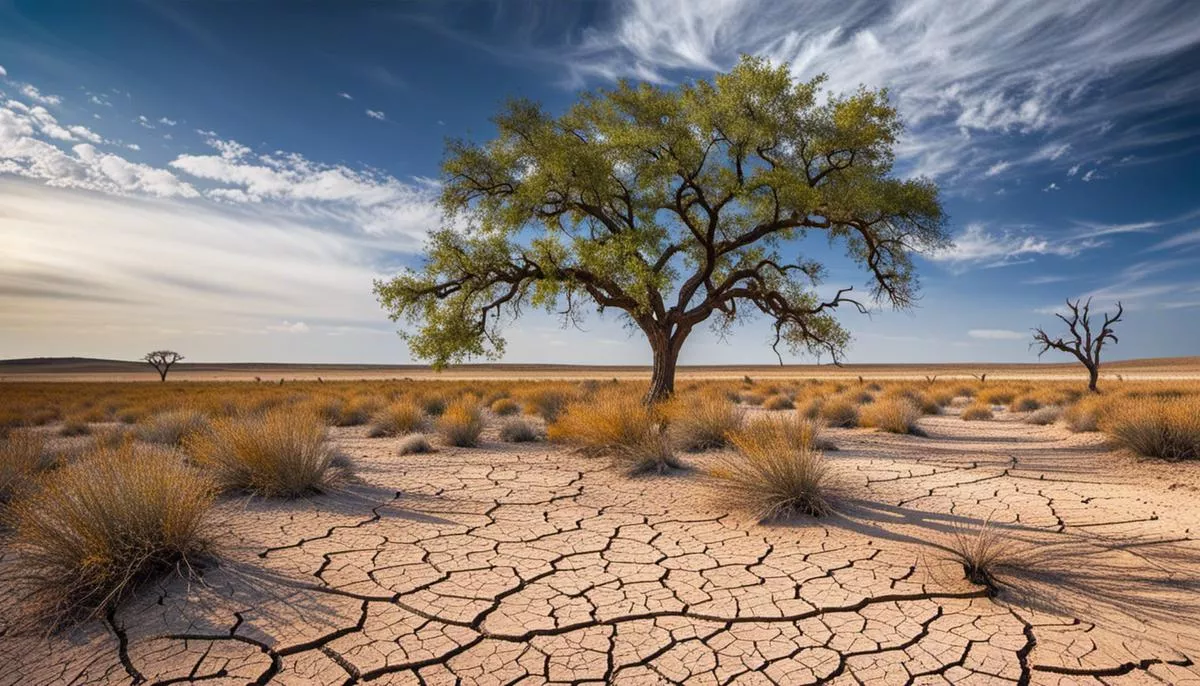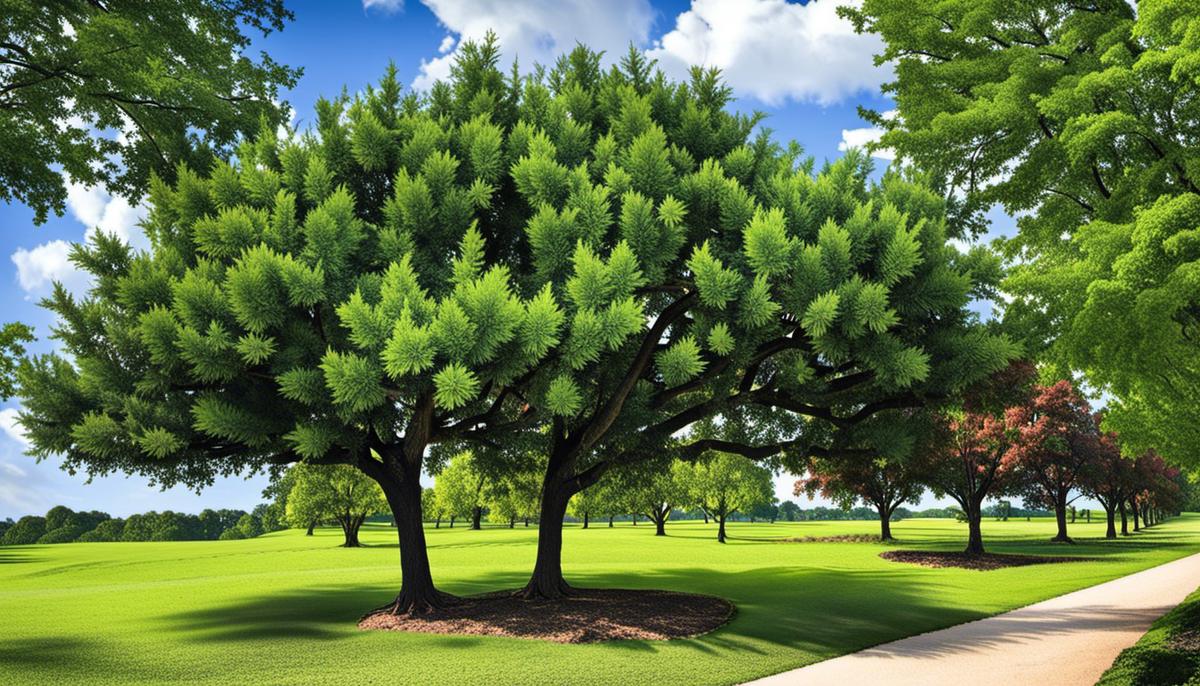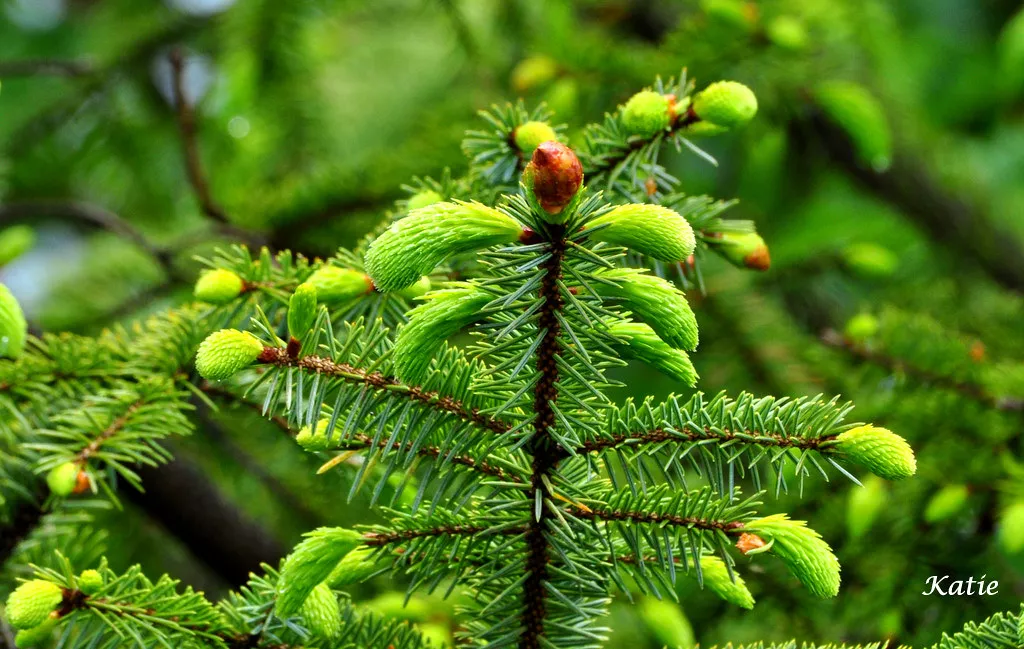
Fast Growing Trees In Texas for Landscape
As one of the largest, most ecologically diverse states, Texas is home to an array of robust tree species. Each one caters to a unique set of climatic and soil conditions renowned to the state. This piece is a deep dive into understanding the relationship between Texas’ complex climate and soil factors and how they influence tree growth.
We’ll venture into a discussion about temperature variations, drought periods, rainfall patterns, and diverse soil types across the state. Following this, we’ll share an interesting curation of fast-growing tree species that flourish in these conditions, covering aspects such as growth rate, aesthetic appeal, and utility. Lastly, but equally important, we’ll walk you through a comprehensive guide on planting and caring for these high-speed trees in your backyard, focusing on location, watering, pruning, and protection from common pests and diseases.
Understanding Texas Climate and Soil
Understanding Texas Climate: A Major Influence on Rapid Tree Growth
Texas has a diverse climate, encompassing humid coastal areas, arid deserts, and temperate plains. The Texas climate significantly affects the growth rate and survivability of tree species planted in the state. Annual temperature ranges from mid-20s in the winter to around 100 degrees Fahrenheit in the summer, with certain tree species adapted to thrive under these fluctuating temperatures.
The state also endures periods of drought, particularly the central and western regions, which can cause stress to trees and inhibit their growth. When selecting a tree species with a rapid growth rate, consider such that are drought-tolerant. Some species like the Green Ash and Southern Red Oak inherently withstand dry conditions well.
Precipitation varies widely across Texas. The eastern part receives the highest annual rainfall, about 60 inches, which can facilitate quicker growth for moisture-loving species. The western regions receive the least amount, less than 20 inches, requiring drought-adapted varieties. Rapid growing tree species like the Weeping Willow and River Birch thrive in regions with high rainfall.
Understanding Key Components for Rapid Tree Growth in Texas
In Texas, a mix of unique soil types directly influences which trees can flourish and grow quickly. The eastern side of the state, particularly within the Piney Woods region, is primarily composed of acidic sandy loam soils. This type of soil is ideal for the rapid growth of trees such as the Loblolly Pine and Sweetgum.
Shifting west, the soils in Texas take on an alkaline profile, often rich in limestone or dolomitic origins and heavy in clay. These soil properties favor the speedy growth of trees like the Texas Ash and Montezuma Cypress. Specifically, the limey soils in central Texas serve as a prime foundation for the exceptionally fast-growing Monterrey Oak.
In the Blackland Prairies region in north central Texas, deep, fertile, clay-based soils dominate the landscape. These soils can accommodate a broad selection of rapidly growing trees, with the American Elm being a prime example.
Texas’ state soil, Houston Black, which is found especially in prairies, provides a beneficial growing environment for fast growth trees like the Eastern Cottonwood.
Before choosing a tree species for quick growth in Texas, it’s crucial to know the soil type and climate of your specific location. This information is fundamental to promoting successful growth and maturity of your chosen trees.

Photo by nuvolephotos on Unsplash
Top Fast-Growing Tree Species in Texas
The Diversity of Fast-Growing Tree Species in Texas
The diverse climate of Texas, which spans the lush Piney Woods in the east to the arid desert in the west, provides a rich habitat for an array of fast-growing tree species. These tree species offer everything from vibrant flowering varieties to expansive shade trees, each adding its unique beauty and providing practical benefits.
Bald Cypress (Taxodium distichum)
Bald Cypress thrives in the wetland areas of east Texas, and can, remarkably, tolerate a wide range of soil types. This large deciduous conifer grows around 24 inches per year and can reach a height of 60-100 feet, providing substantial shade. It’s easy to spot due to its unique ‘knees’ emerging from the ground around its trunk when grown in water-logged settings. Although it does not produce any fruits, its autumn color is quite attractive.
Red Oak (Quercus rubra)
Red Oak is a fast-growing variety, which loves Texas’s sun and fertile soils, growing at a rate of about two feet annually. Mature Red Oaks can reach 75 feet in height, and their leaves turn a brilliant red in the fall, adding to the landscape’s aesthetic appeal. This tree species provide ample shade and also produces acorns beloved by wildlife.
Sycamore (Platanus occidentalis)
The American Sycamore is another fast-growing tree in Texas, growing at a rate of up to 36 inches per year. This species prefers sunny locations and moist soils, and it can reach up to 100 feet in height. The Sycamore is widely prized for its peeling bark in shades of cream and brown, making it a standout in any garden or streetscape.
Leyland Cypress (xCupressocyparis leylandii)
Leyland Cypress is a sterile hybrid tree species that grows impressively fast, with an annual growth rate of around three to four feet. These trees can reach a height of up to 60 feet and a width of 15-20 feet. They are commonly used as windbreaks or privacy screens due to their dense foliage.
Vitex (Vitex agnus-castus)
Known as the Chaste Tree or Lilac Chaste Tree, Vitex is a beautiful and fast-growing flowering tree. Growing up to 15-20 feet tall and wide, it brings charm to any garden with its lavender-purple blooms in summer. This drought-tolerant tree grows about one to two feet annually and attracts pollinators like bees and butterflies, enhancing the ecological value of its location.
Mexican White Oak (Quercus polymorpha)
Also known as Monterrey Oak, the Mexican White Oak is native to northeastern Mexico and southwestern Texas. This tree species grows at around 24 inches per year and can reach up to 40 feet in height. The Mexican White Oak is drought-tolerant and is known for its bright green, glossy leaves, which provide considerable shade. In the fall, its foliage turns an attractive light yellow.
There are numerous species of trees which are not only uniquely beneficial and remarkable in aesthetics, but also thrive in the diverse soils and conditions prevalent throughout Texas. Apart from offering an appealing visual effect, they contribute significantly to the environment by providing shade, purifying the air, and creating habitats for local wildlife. These trees put on growth quickly, especially in Texas, and each species brings its own set of advantages.

Planting and Caring for Fast-Growing Trees
Texas-Friendly, Rapidly Growing Trees
The variety of trees that not only flourish but grow at an accelerated rate in the Texas environment is impressive. This list includes Willow Acacia, Live Oak, Red Oak, Mexican Sycamore, and Monterrey Oak. Each of these provides distinct aesthetic value and functions. For example, the Willow Acacia stands out with its captivating weeping form and an exceptional ability to withstand drought. The Live Oak, in contrast, is celebrated for its sturdy, majestic structure and its crucial role in the local ecosystem.
Choosing the Right Location
Finding a suitable location to plant fast-growing tree species is paramount. In general, tree saplings should be planted in a location that receives adequate sun exposure while remaining protected from extreme weather conditions. For example, Live Oaks and Monterrey Oaks prefer full sun, while Red Oaks can tolerate partial shade. Moreover, it’s crucial to consider the tree’s mature height and width and ensure they have plenty of space to grow without hitting power lines or structures.
Planting Procedures
The planting procedure of the trees involves digging a hole twice as large as the root ball. The depth of the hole should be identical to the height of the root ball, ensuring that the tree isn’t buried too deep. After placing the sapling in the hole, backfill with the excavated soil, forming a mound around the base to prevent water from pooling at the trunk. Mulching around the base will also help retain moisture and regulate soil temperature.
Watering Fast-Growing Trees
For the first few weeks after planting, it’s essential to keep the soil around the tree consistently moist. Once the tree has established its root system, watering can be reduced. Fast-growing trees like the Red Oak and Monterrey Oak thrive in well-drained soil and might not require frequent watering after establishment, especially during the cooler months in Texas. However, during hot and dry periods, additional watering may be necessary.
Pruning and Maintenance
Fast-growing trees can become large, so they will require regular pruning to maintain their health and appearance. Pruning is best done during the tree’s dormant season, generally in late winter or early spring. It involves removing any dead, damaged, or diseased branches, as well as those that cross or compete with others. This allows the tree to focus its energy and resources on healthy growth.
Preventing Pests and Diseases
Last, but not least, while fast-growing tree species may be resistant to some common pests and diseases, they are not immune. Ensure an inspection routine is in place to identify any signs of infestation or disease early. Aphids, scale insects, and caterpillars are typical pests for these trees, while diseases like Oak wilt and Anthracnose are potential problems. If evidence of pests or diseases is found, consulting with local extension services or hiring a professional arborist might be necessary.

Understanding a State’s unique environmental factors, like those in Texas, is paramount to successfully growing trees. From the state’s rich soils to its climatic nuances, all these significantly influence the growth and survival of trees. We explored a selection of fast-growing trees suitable for the Texan climate, each with its distinguishing aesthetic and utility features. Not only this, but we also learned essential guidelines for planting and caring for these trees, demonstrating that a little care and attention can lead to great results. The right tree in the right place can offer shade in the Texas heat, bear delicious fruits, and make Texas landscapes even more diverse and beautiful. Embrace the joy of gardening and make a lasting contribution to your environment today! Consider planting peach trees, as they thrive in Texas’ warm climate and produce tasty fruits. By carefully selecting the right location and providing proper care, these trees can bring beauty and bounty to your yard. Planting peach trees can be a rewarding experience, adding to the rich tapestry of Texan landscapes.
Frequently Asked Questions:
What trees are good to grow in Texas?
1. Live Oak
2. Pecan
3. Texas Ash
4. Texas Redbud
5. Mexican Plum
6. Bald Cypress
7. Sweet Bay
8. Cedar Elm
9. Lacey Oak
10. Chinese Pistache**
What grows the most in Texas?
1. Pecan Trees
2. Cotton Plants
3. Cattle (livestock)
4. Hay (alfalfa, Bermuda grass)
5. Sorghum
6. Wheat
7. Corn
8. Peanuts
9. Grapes (wine production)
10. Citrus Fruits (oranges, grapefruits)**
Is farming profitable in Texas?
Yes, generally. Major crops (cotton, pecans) and livestock farming (cattle) contribute significantly to the Texas economy. Profitability varies based on factors like weather, commodity prices, and input costs.
Related Articles:
10 Best Small Evergreen Trees with Non Invasive Roots
 Dr Ahsanur Rahman, PHD
Dr Ahsanur Rahman, PHDPine Tree Rescue: Saving Pine Trees with Brown Needles
 Dr Ahsanur Rahman, PHD
Dr Ahsanur Rahman, PHD



